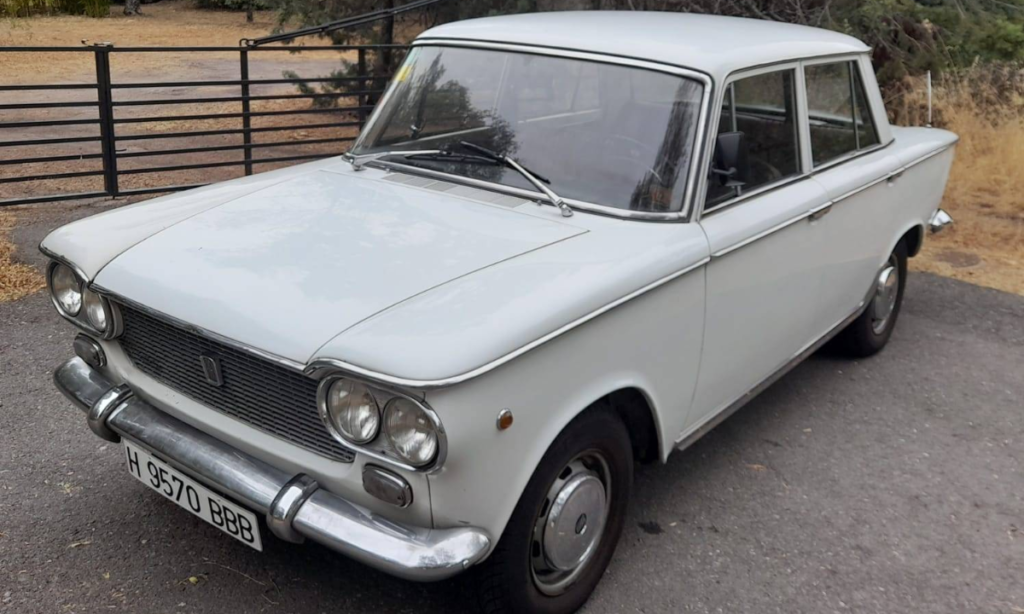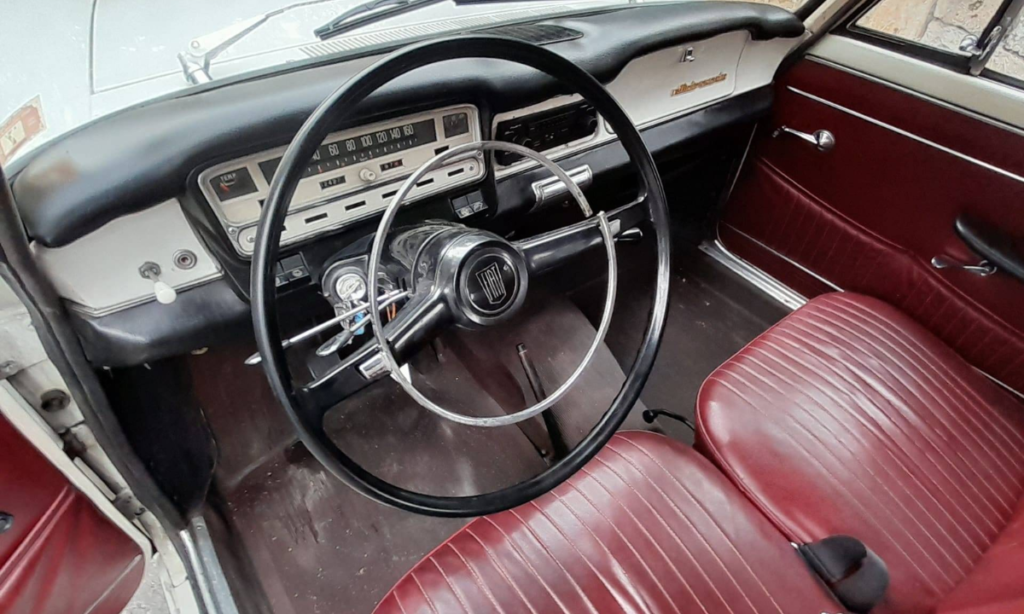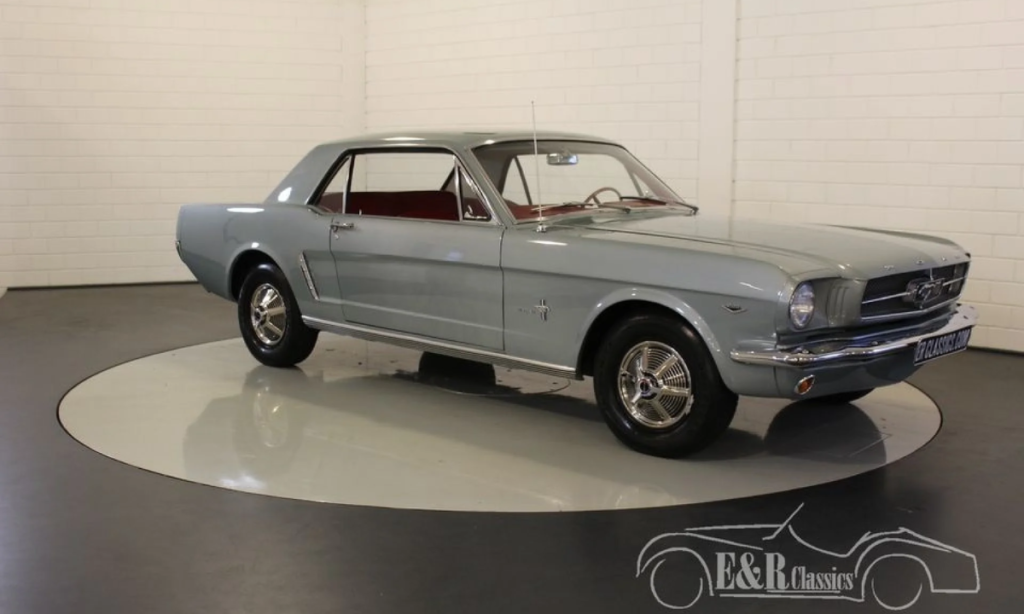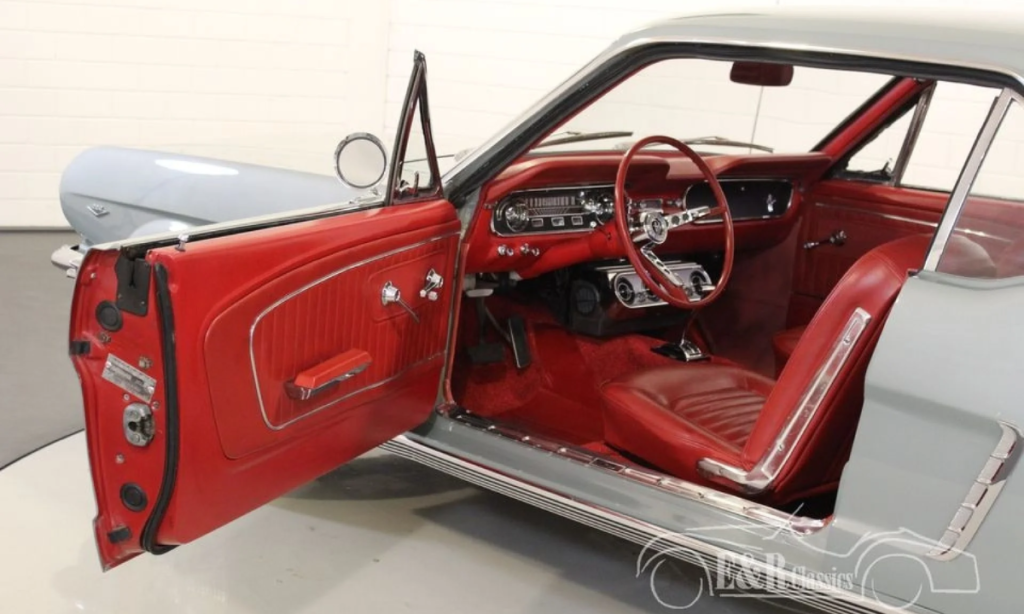American vs. European Classic Cars: A Timeless Rivalry
The Fiat 1300

The Fiat 1300 was an automobile produced by the Italian automaker Fiat. Production of this model began in 1961 and lasted until 1967. The Fiat 1300 was part of Fiat’s mid-sized sedan lineup of that era and was popular in Europe as a family car.
Here are some basic features and a description of the Fiat 1300:

Design: The Fiat 1300 had a classic four-door sedan design of the time. Its appearance was simple yet elegant, with rounded lines.
Engine: The Fiat 1300 was powered by a 1.3-liter gasoline engine. The engine was a four-cylinder inline unit and produced 65 horsepower, providing adequate performance for its era.
Interior: The interior of the Fiat 1300 was comfortable and functional. It offered enough space for passengers and luggage. The quality of materials and craftsmanship was typical for cars of that period.
Performance: While not a sports car, the Fiat 1300 delivered satisfactory performance for everyday driving. It was economical to operate and easy to maintain.
Popularity: The Fiat 1300 was a popular car in Italy and other parts of Europe during the 1960s. It was a common choice for families looking for a reliable and affordable sedan.
Although the Fiat 1300 was not a sports or luxury car, it achieved solid success in its class during the time it was in production. Today, it is often seen as a classic car and a part of Fiat’s history.
The first Fiat 1300 was produced in 1961.
1964 Ford Mustang

The 1964 Ford Mustang, often referred to as the “1964 1/2 Mustang,” marked the beginning of the iconic Mustang lineage and forever changed the landscape of American sports cars. Here is a description of this iconic model:

Design: The 1964 Ford Mustang had a distinctive and attractive design. With its long hood, short overhangs, characteristic twin tail lights, and round headlights, the Mustang had a sporty and appealing look.
Engines: The Mustang was available with various engines, including six-cylinder and V8 options. The most powerful models featured V8 engines that delivered impressive performance, contributing to the reputation of a “muscle car.”
Convertible and Fastback: The convertible and fastback models enriched the lineup. The convertible provided an open-air driving experience, while the fastback had a sporty profile and was popular among younger buyers.
Interior: The interior of the 1964 Mustang was simple yet functional and ergonomically designed. The cabin space offered enough room for passengers, and the controls were user-friendly.
Popularity: The 1964 1/2 Ford Mustang became extremely popular and sought after. Its combination of style, performance, and affordability attracted a wide range of buyers, from young enthusiasts to families.
Options and Packages: Ford offered various equipment packages and options tailored to different needs and preferences. This included models like the Mustang GT and more luxurious variants.
Historical Significance: The 1964 Ford Mustang is remembered as the car that initiated the “pony car” class and became a symbol of American automotive culture. Its introduction contributed to the creation of sports car culture.
Legacy: The first-generation Ford Mustang left an indelible mark on the automotive world. The Mustang is alive and well today, with many generations and variations that have followed this icon.
The 1964 Ford Mustang marked the beginning of a legend and had a profound and lasting impact on the world of automobiles.
